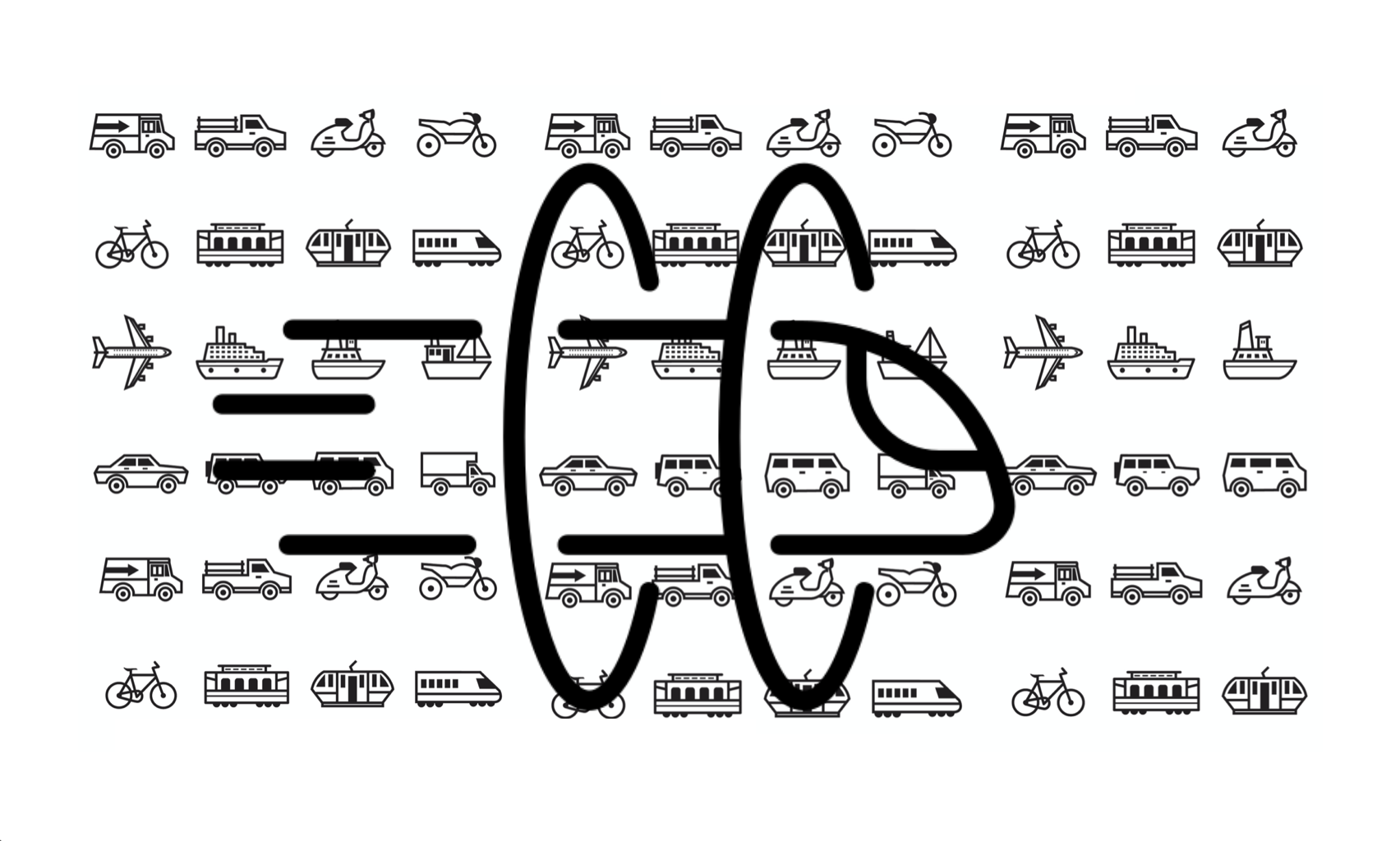
One of the larger hyperloop initiatives is stopping short of realizing its ambition to transport people. Virgin Hyperloop announced it was laying off half of its staff and focusing entirely on cargo transport. The costs of transporting people and goods in a vacuum tube and the associated problems have been known for some time, but the more money that has to go into it, the more doubts arise. In the Netherlands, hyperloops were recently hailed as the new Delta Works for logistics. Jan Fransoo, professor of logistics at Tilburg University, firmly distanced himself from this idea on Twitter: ‘Just leave the hyperloop to investors, then the idea will soon be buried.’
For the transport of freight, there is talk of a ‘cargoloop’: a pipe system through Europe. But that too will prove unfeasible in real life. As an example, the initiators mention a tube next to the Dutch A4 motorway for transporting flowers and flower bulbs to the Maasvlakte, where they are transported further by ships. It would replace thousands of trucks a day.

Unfortunately, the technical reality is different. For the time being, the transport of entire sea containers is still a long way off. The cargo would therefore have to be divided into smaller units, each about 5% of a shipping container. If we optimistically assume that we can shoot out a vacuum pod in the vacuum tube every minute, we can therefore transport three sea containers per hour via the hyperloop. That saves three trucks an hour.
On short distances, the logistical costs of transporting goods consist mainly of those for loading and unloading. The cargoloop leads to extra costs for this as well because, as an example, the flowers have to be loaded into a shipping container in Rotterdam anyway. Time savings for people is an advantage, but it is hardly a factor for freight, especially if the flowers later spend another month on the ocean in sea containers. And this applies to every case in logistics: cargo is simply not in enough of a hurry to justify the gigantic additional costs of a hyperloop system.
Moreover, if we consider that during rush hour freight transport averages a mere 5% of total road traffic, we are not really solving a problem. The presence of trucks on the A15 and A67 freight corridors is significant. But transport over rivers and canals could play a much bigger role here. Only 10% of our water capacity is currently used. This is a considerably cheaper alternative with a faster climate benefit. And when the billion-dollar cargoloop is finished, after 2030, all trucks will already be driving electric, so there is no climate benefit in that regard either.
The focus on hyperloops is explainable from an engineering standpoint. In terms of engineering, it is a great challenge and requires a lot of creativity and technical ingenuity. But as is often the case, we think too often from the present, rather than backward from the future. After all, individual cars and trucks will become smart and clean, queuing up in traffic jams will soon become useful work time, and CO2 emissions will soon be zero. From a systems point of view, the infrastructure must be very stupid and simple. Otherwise, it is a waste of money. Not only for people but also for cargo transport.
Maarten Steinbuch and Carlo van de Weijer are alternately writing this weekly column, originally published (in Dutch) in FD. Did you like it? There’s more to enjoy: a book with a selection of these columns has just been published by 24U and distributed by Lecturis.
